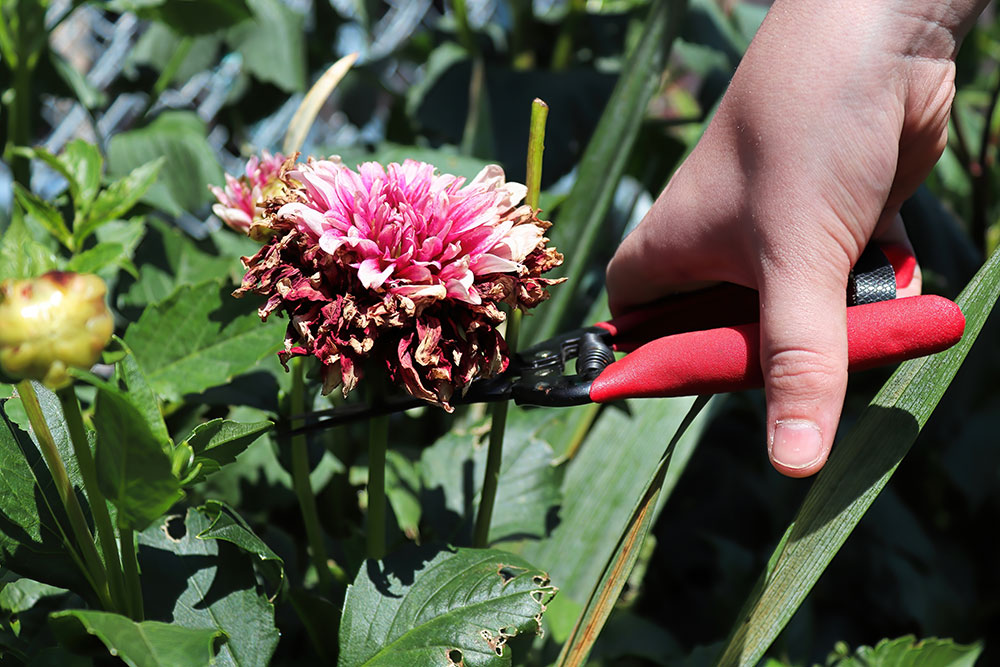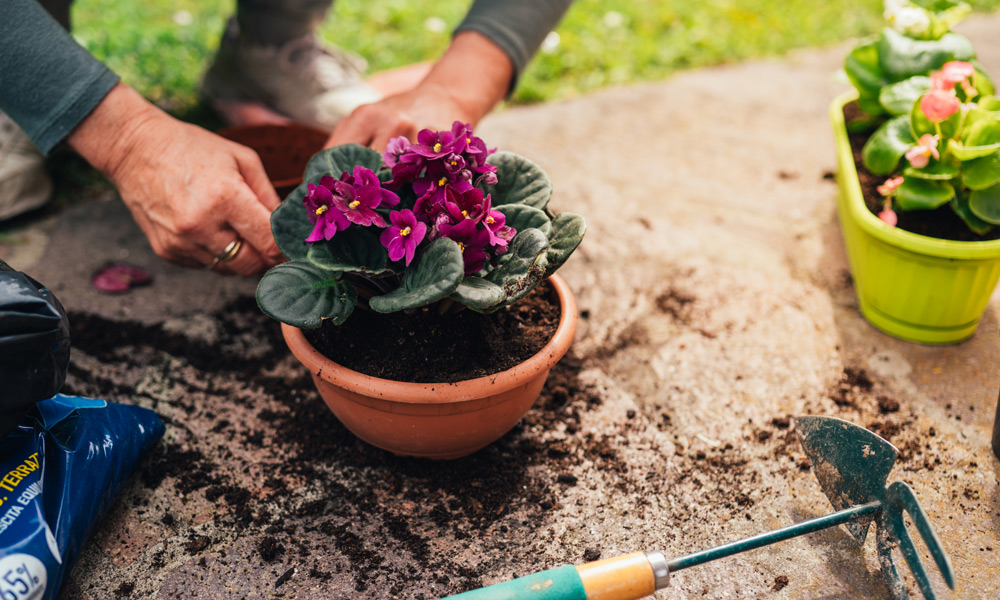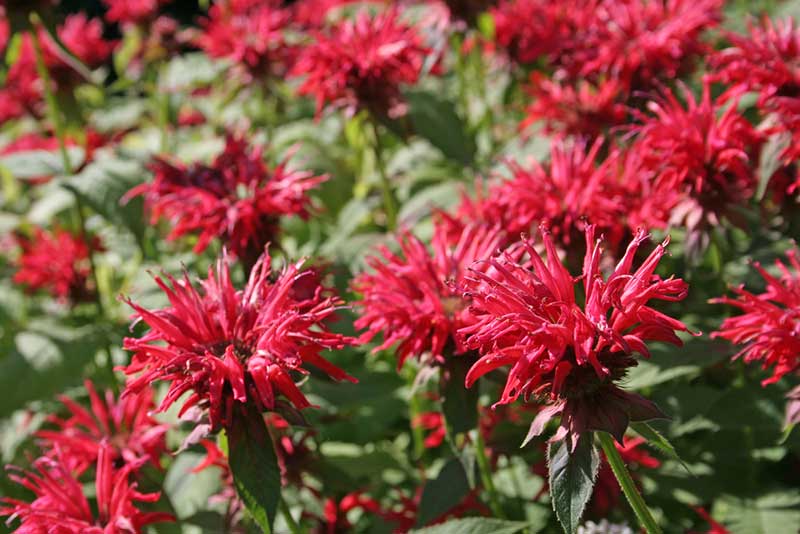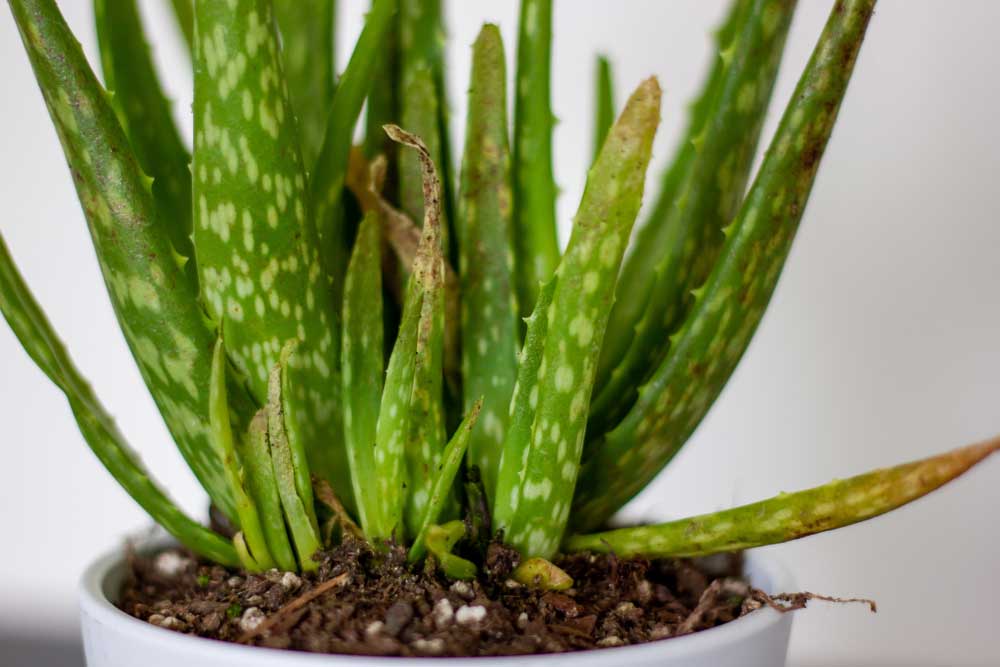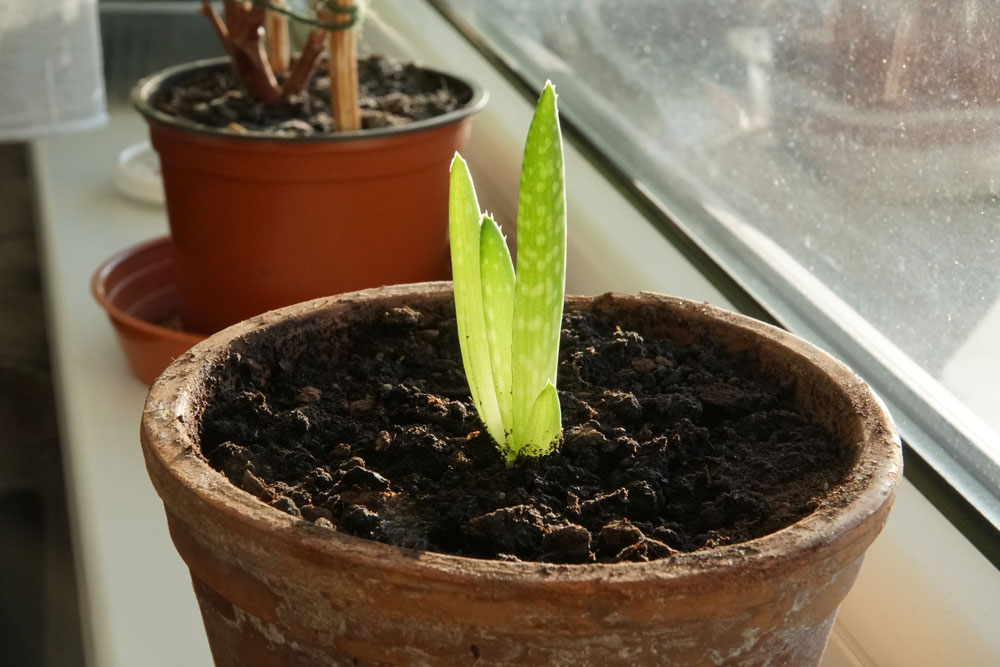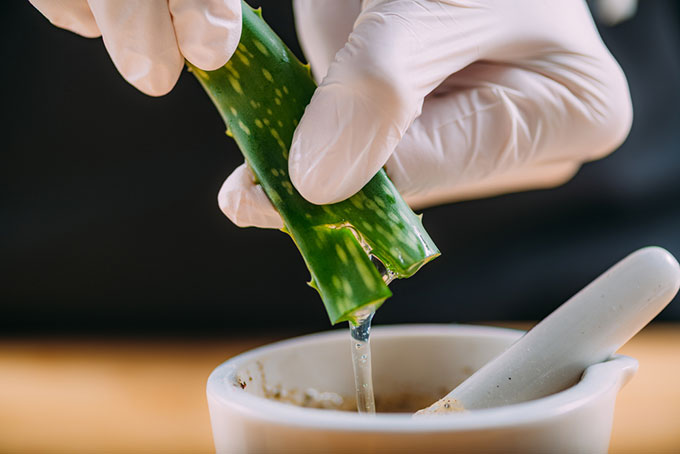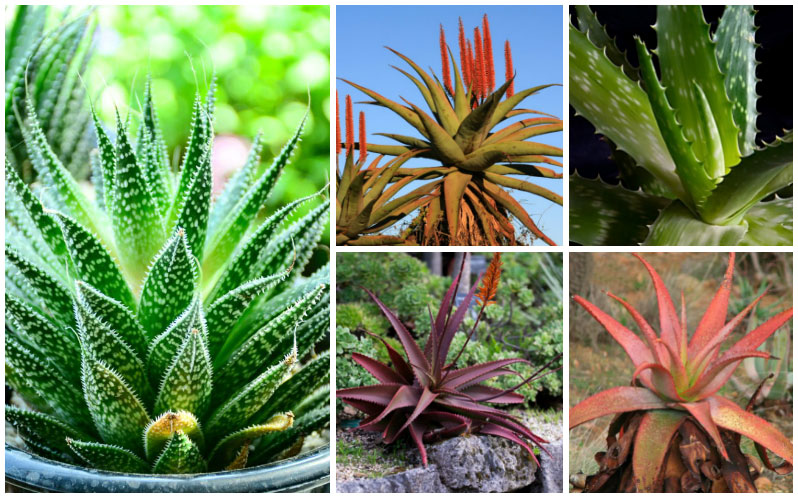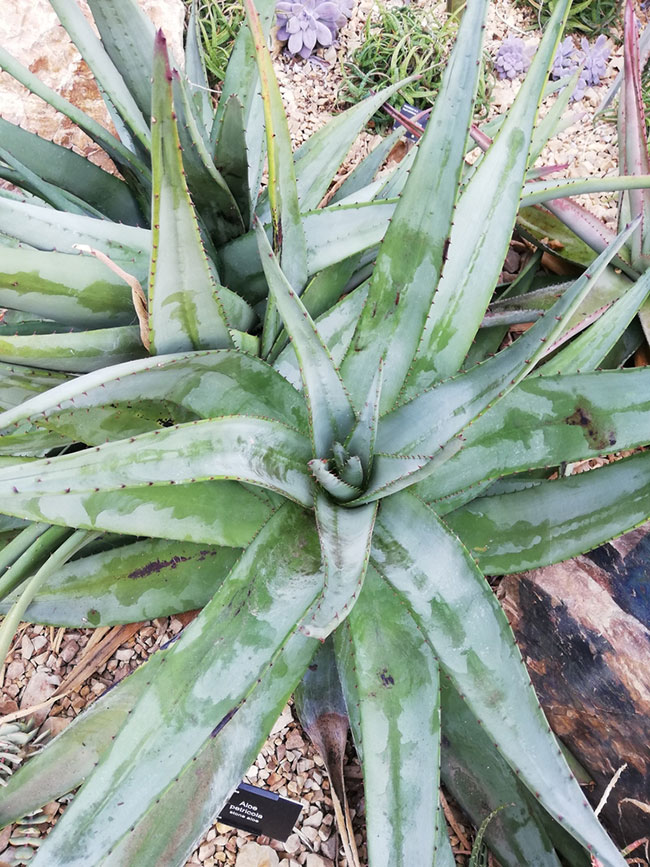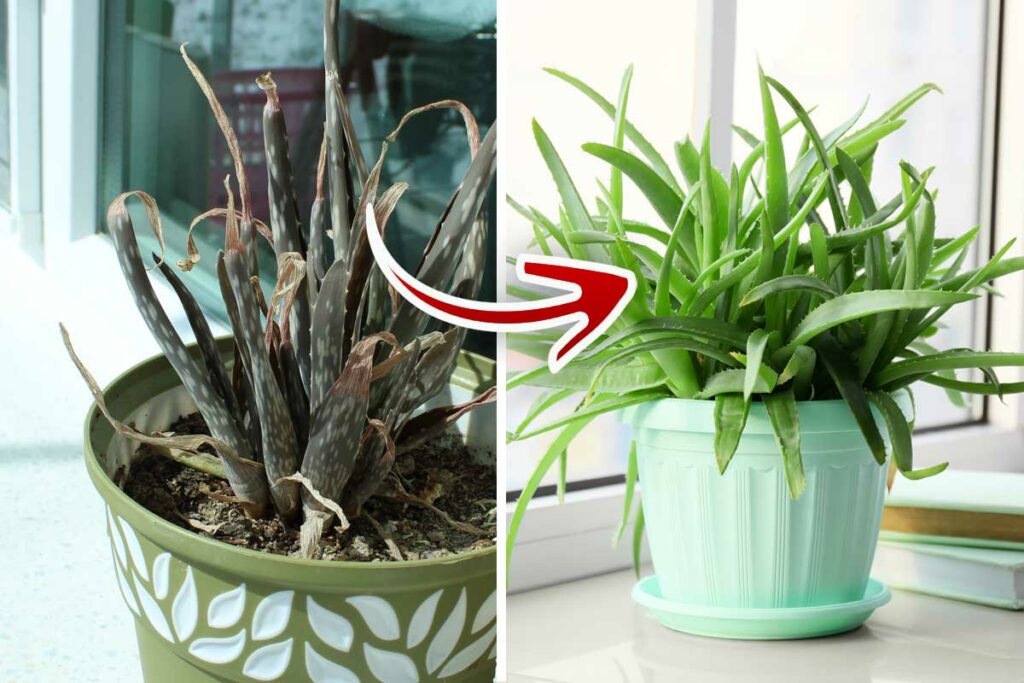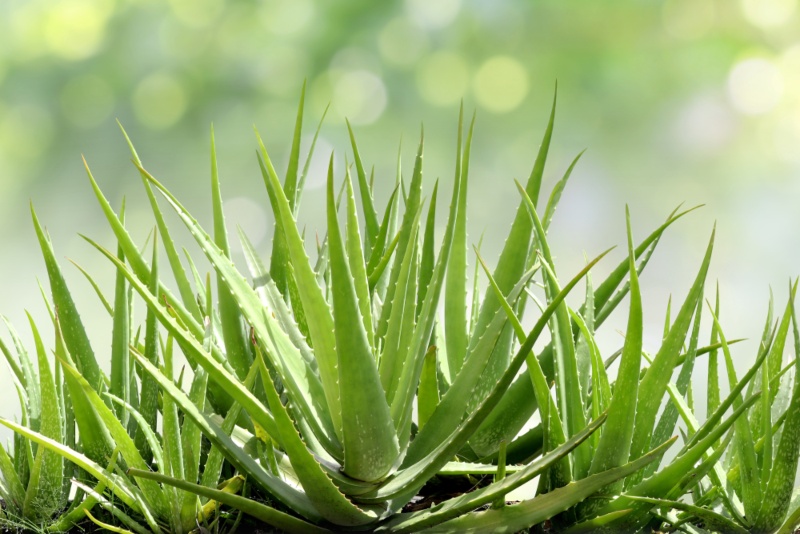
For thousands of years, people have grown aloe vera to use in a wide variety of ways. It can be eaten, mixed into recipes, or used to soothe the skin. The aloe vera plant is a succulent, and that comes with a host of needs these plants have.
They do flower, but the plant is most prized for the gel inside its leaves. The flowers are an orange-yellow color and bloom on aloe plants that are at least four years old and kept in an area that mimics the desert.
They will grow in zones 9 through 13, though many people grow them indoors in various climates.
Light and Temperature Requirements
As a desert plant, aloe vera is at its best when it gets full sun. This is especially true when your area is often overcast or foggy. If the plant can get direct sun for six to eight hours, it will flourish. If you have a climate that is hot and sunny, aloe vera can tolerate some filtered sun or shade in the hottest part of the afternoon. It is happiest in temperatures between 55 and 80 degrees. If your area gets cold winters, bringing your aloe vera inside during the winter is a must, as it will not tolerate snow or frost. If you want to make your alow vera bloom, it will need full sunlight all day. Indoors, you will have to move it from place to place to ensure that it gets enough sun to grow its blossoms.
Watering
Aloe vera does best when there is low rainfall. It’s a great plant for dry places like rock gardens and other types of arid gardens. If it rains once a week, that should be enough water for your aloe vera. If you live in a drier climate, check the soil every once in a while to see if it is dry a few inches down. If it is, your aloe vera should be watered. If you have a very hot climate, you may need to water it more often to compensate for the evaporating moisture. Generally, the soil should dry out down to 2″ deep or deeper before it is watered again.
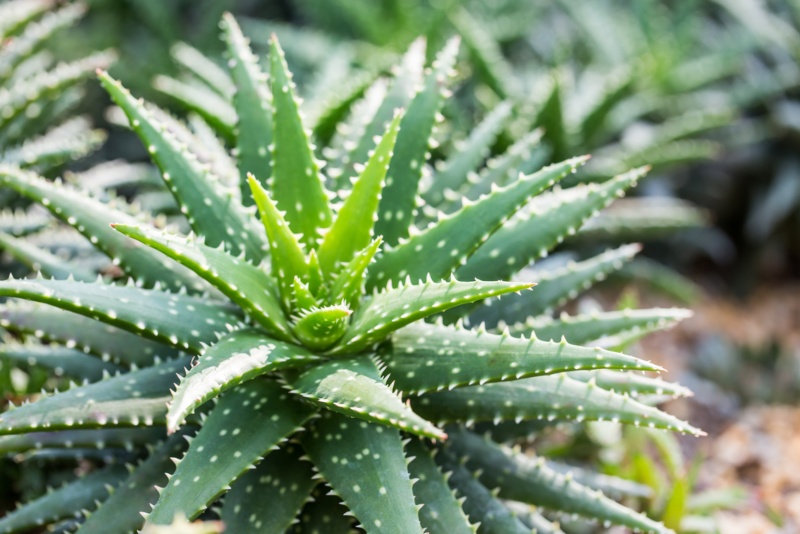
Soil & Fertilizing
The soil needs to drain very well to keep the plant from sitting in water. Aloe vera plants kept indoors often die due to being overwatered or from pots that don’t have good drainage. No matter where you plant it, it has to have effective drainage. Adding in a few handfuls of sand or small rocks to the soil you will plant it in will give it better drainage. Aloe vera doesn’t need to be fertilized, but some fertilizer every spring can help it during the growing season. If you decide to fertilize it, use a water-based one that is heavy on phosphorus, and dilute it to half strength before using it.
Deadheading and Pruning
When an aloe plant does bloom, it can be pruned once the flowers have wilted. To do this, cut these stalks all the way to the base. If you are seeking to use the seeds it produces, allow the flowers to stay on the plant until they are completely dried out. Then, they will release seeds that you can pick up. As aloe plants get older, some of the lower leaves can die and dry out. When this happens, cut these down to their base. There isn’t any other pruning of these plants needed.

